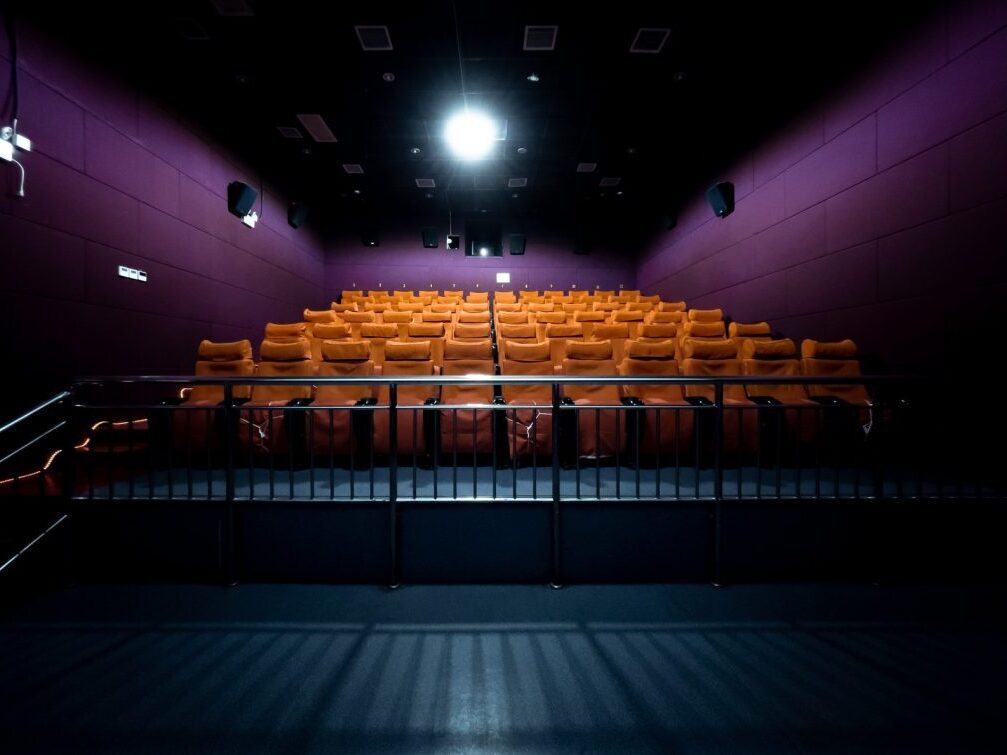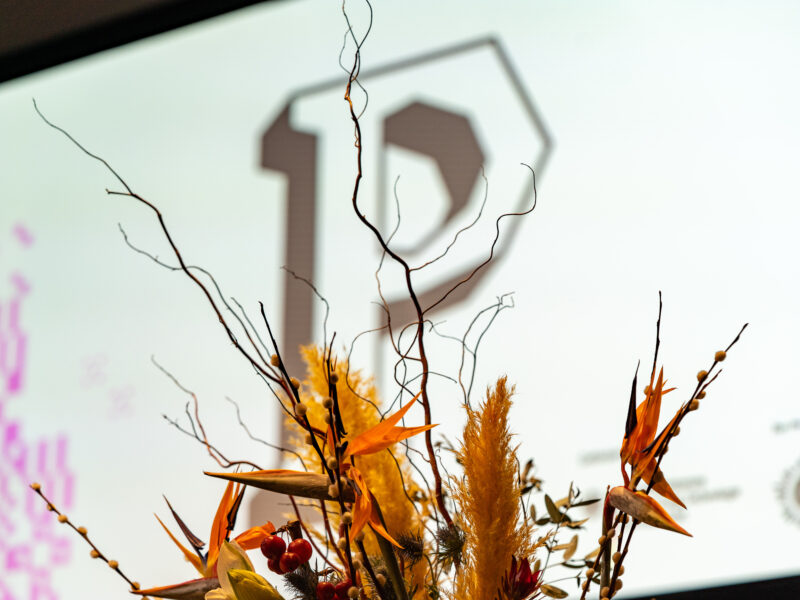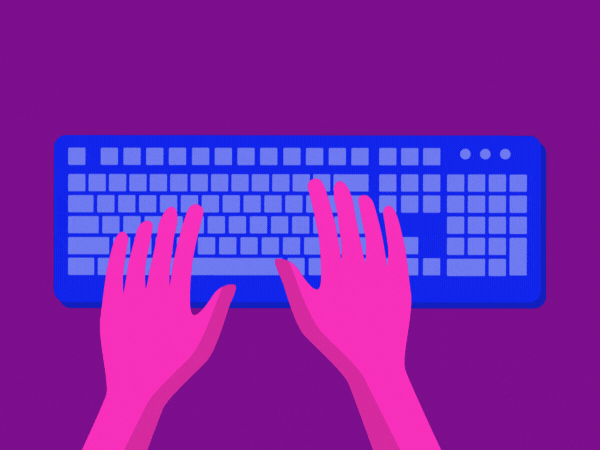
Who does what at Prototype Fund? This is not always easy for outsiders to understand. That’s why we would like to shed some light on this!
The Prototype Fund team, which is employed by the Open Knowledge Foundation Germany, is supported in its work by many other people who work together to provide content and administrative support to the grantees. These are, in essence, coaches, volunteers (e.g., also the jury), the BMBF, and the DLR. The role of the BMBF as a political actor and funder is clear to most. We have already introduced the German Aerospace Center (DLR). We work with Simply Secure for the coaching sessions. One of the coaches, Bernard Tyers, talked to us about what his job as a coach for Prototype Fund projects looks like. His focus is on UX design (user research, interaction) and open source software.
When and how did you start coaching Prototype Fund teams and developers?
I’ve been coaching Prototype Fund teams with Simply Secure for a little over 2 years. The Simply Secure team have been coaching Prototype Fund teams since Round 1. As the program has grown, coaching has expanded to include more coaches with a great variety of capabilities.
I’ve been involved in open source, firstly as a user for about 20 years since the long gone days of the Netscape Internet browser and SUSE Linux, and then a UX design contributor and conference organiser for the past 10 years. I’ve contributed to early versions of the Briar Project (currently a Prototype Fund project!), SecureDrop and GNU Radio, and a number of Nextcloud apps. With the Open Source Design group I organise UX design tracks at open source conference tracks.
Apart from my own contributions I’m most interested in:
- advocating for better UX design in open source,
- establishing good relationships between code and design contributors,
- helping designers navigate open source communities and start contributing.
What is your job as a coach for Prototype Fund projects? What is your role when interacting with the participants?
I provide coaching on software usability, user-centred design, open source software development, and developing software for security and privacy sensitive environments.
My role is firstly to listen and understand what they hope to achieve with their project, and then to discuss how I can help them, or to point the team to other resources.
Some teams are unsure what advice they’re looking for, and that’s OK. In that case I’ll start by asking about the motivations for project and to tell me about their users – who they are and what they are trying to achieve. This can be very enlightening because taking time to explain what’s already known about users and goals can help get the team unstuck.
Other times, projects are looking for an external point-of-view – they have a particular challenge, and they’re unsure on how to tackle it so need some advice to get started. Sometimes they have an idea and want a “sense-check” to make sure their approach is right.
Other times, they are very aware that “good design” and usability is important, but are unsure how to begin. In those cases I try to give them practical advice on how they can be the designer.
Are there typical problems that projects bring to the coachings? Why is it important to discuss these issues with external partners like you?
Most commonly projects are struggling with understanding their users – what their users’ goals and needs are, why would they use the software they are creating. This is very common problem for all software development!
Another common problem, related to user research, is on the use of analytics. Most don’t want to use analytics, as collection of user behaviour is now often seen as unacceptable. So they are unsure how they can understand their users. Analytics often won’t help. Doing user research is invaluable when you face a challenge particularly when you’re unsure how to proceed.
Another common challenge they have is how to find out if their design is “good”. Again, communication with your users will help you set-up sessions to evaluate design or to get user input.
Discussing these problems with an external partner is helpful as it can bring a perspective that’s not encumbered by detail. Working day-after-day on a problem it can be hard to see solutions, alternative approaches. Design is a collaborative effort, and talking through design decisions, and challenges is always helpful.
What is your professional background? What is your specific perspective on the projects?
I originally studied electronic engineering and worked in network and systems engineering for 12 years. I then changed career to user-centred design. Since then I’ve worked on research and design projects in different areas: personal protection apps for human rights organisations, identity and travel services for UK government public digital services, international research, usability for software developers, secure messaging communications apps, supporting online gamblers.
I am also a very active UX design contributor to different open source software projects. I’m one of the founders of the Open Source Design group. We advocate for user-centred design in open source software development.
What is your take on the concept of Public Interest Tech? Why is it important to you, personally and professionally, to support projects that are beneficial for society?
Isn’t all technology public interest? 😉
Public Interest Technology seems to be many things. It is the study and application of technology for the public interest. It is bringing the awareness and understanding of the impact of technology in society to government decision makers. It is the creation of technologies that aren’t driven purely by corporate or financial gain.
To me it is all the above.
It’s important personally because all our lives, relationships, and efforts are becoming more and more mediated by technology. Decisions that effect us are being made or heavily influenced by automated processes and based on datasets that are often opaque or unknown. These processes exist for the welfare and well-being of us all. We need to be able to challenge them when necessary, and so need to be made transparent and equitable.
Professionally I worked for 5-6 years in the UK civil service on public services that are now wholly, or partially, mediated by technology. Part of my job was designing services that work for the public and are understandable. Another was educating my policy colleagues about the impact of designing a system in ways which could be biased, or that excluded people.
Are there Prototype Fund projects that have particularly impressed you?
I’ve seen many different projects and each is impressive. Two of the projects that stood out for me were:
The Local Emission Framework project was a very good example of how it’s possible for citizens to hold governments to account on their performance to react to the global climate crisis by combing political party and government strategy documents with public weather and environmental sensor data.
Audapolis is a desktop software for audio editing of spoken word. It transcribes the audio using publicly available speech-to-text recognition models, carried out on your computer locally. Comparable software require the use of cloud services, to do the transcription meaning it’s not possible to assure the data privacy, where the data will be stored, for how long. I’ve tried it, and it works really well.
What one piece of advice do you have for Prototype Fund project teams?
My one piece of advice is: if your project will be used by people other than yourself, it’s really important to answer the question – What are my users motivations, goals, and needs?
If you’re unsure how to answer that question, the UX coaches would be honoured to help you answer it!



